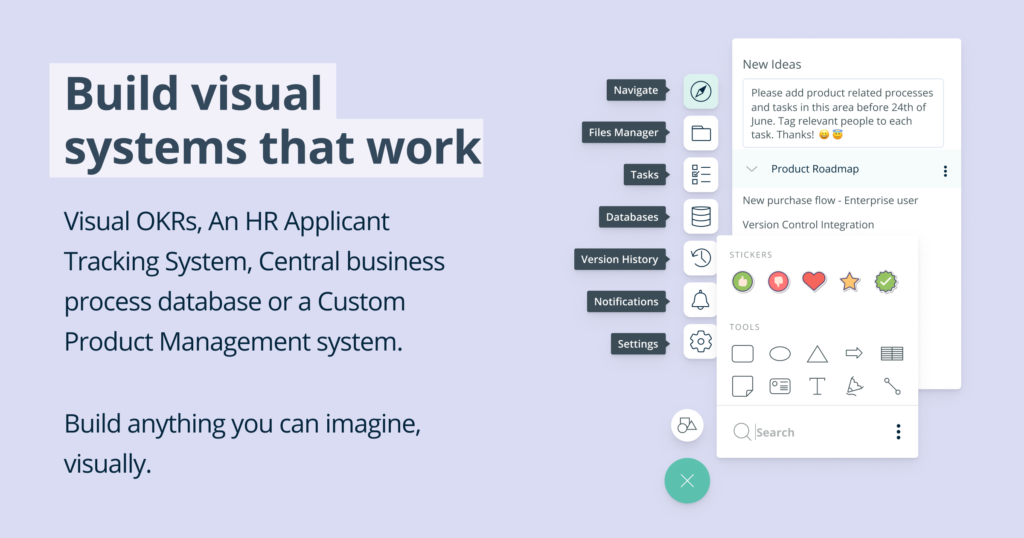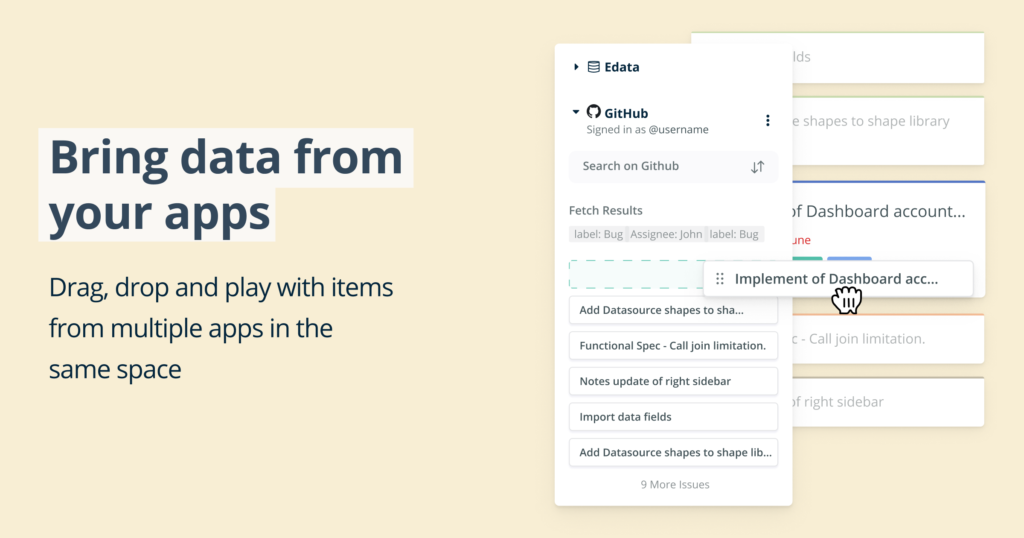How to follow a standard Business Analysis approach when every project claims to be unique?
Almost every project that I have worked on, especially the projects where I have played the role of Business Analyst lead, I would often be greeted with the introduction to the project highlighting why that project is different from other projects. The project manager or the business analysis team I work with will spend time to explain why the project is unique and why the process to deliver the project will be somewhat different from other projects that I may have been involved with.
Most organisations have some level of a standard Business Analysis approach agreed for all their projects. The standard Business Analysis approach is typically defined as part of the overall organisational project delivery process or methodology. Typically in larger organisations where the Business Analysis approach (meaning processes, guidelines, agreed templates, formats etc.) has been clearly mandated as the process to be followed, it can be more challenging to deviate from this.
So what does this really mean for us as Business Analysts when we are faced with a project that insists to be different, unique and have special requirements, which clearly impacts on the agreed standard Business Analysis approach to be followed? Do we need to insist to follow the agreed standard Business Analysis process for the project regardless of these messages of being unique or do we need to accept that there will always be exceptions to the rule regardless of the project and adapt our Business Analysis approach on a case by case basis?
 The answer lies somewhere in the middle of these two extremes. Business Analysts are continuously faced with a combination of regular Business Analysis process aligned pieces of work and then the pieces of work where there is some element of difference or exception that has to be considered and dealt with. Although everything cannot always fit within the Business Analysis agreed approach or process it is also important to realise that most things can with perhaps only a slight tweak…
The answer lies somewhere in the middle of these two extremes. Business Analysts are continuously faced with a combination of regular Business Analysis process aligned pieces of work and then the pieces of work where there is some element of difference or exception that has to be considered and dealt with. Although everything cannot always fit within the Business Analysis agreed approach or process it is also important to realise that most things can with perhaps only a slight tweak…
This blog article will outline 3 key considerations for a Business Analyst that is faced with a project that claims to be unique.
Consideration #1: Validate the level of uniqueness
As I mentioned before, I have been part of so many “unique” projects in my capacity as a Business Analyst that it is almost an agreed standard process! It should however be said that there have been in almost every one of these unique projects some aspects of the Business Analysis approach that genuinely needed to be adapted or enhanced to cater for the specific project’s needs. It is important though that the Business Analyst always aims to align as much as possible to the agreed standard Business Analysis approach.
Just like a human being has certain core needs like eat, sleep, work and play, a project has core needs that will always be consistent and the same. However, every human being have some uniqueness about them in their likes, dislikes and interests and in the same way, the project will have these unique attributes to consider. It shouldn’t however be so different that the agreed standard Business Analysis approach cannot be applied for most of what that project needs. If it is however more unique than what it is the same as other projects, then perhaps it is not a project at all?
 Consideration #2: Consider each Business Analysis outcome required
Consideration #2: Consider each Business Analysis outcome required
Now that you understand just how ‘real’ the uniqueness of the project is that you are working on, you can determine how this could potentially impact your ability to deliver against the standard agreed Business Analysis approach. Where you identify some deviations, you should document these deviations and exceptions as part of your Business Analysis approach for that particular project before starting to implement the change to the normal Business Analysis process. This way it is clear to you, your project team and all the key stakeholders that some changes are being applied for specific reasons.
You are deviating from the standard Business Analysis approach and gives everyone the opportunity to agree and accept the change.
You may however not always be sure just how much deviation from the standard agreed Business Analysis approach is acceptable and this is when you go back to basics, your stakeholders. As a Business Analyst, you are essentially there to capture the needs of your stakeholders for the purposes of delivering a solution of those needs in the format of a project. If you are faced with a problem or challenge around how to approach a particular aspect of your role as a Business Analyst, always think about why you are doing that particular piece of work and who will be the people who will be consuming this Business Analysis deliverable. Once you determine that, it will bring a lot of clarity around how you should go about approaching that part of your Business Analysis deliverables that may be unique.
Consideration #3: Outcome is king
The final consideration around how to manage the uniqueness, exceptions or deviations from your standard agreed Business Analysis approach on a project is to remember that ultimately the standard agreed Business Analysis processes (templates, guidelines and instructions) are simply there to guide you. As a Business Analyst, you should never follow the process more than the overall goal or outcome of what you are trying to achieve. Remember that the standard agreed Business Analysis approach was put in place to help the Business Analysts deliver successful outcomes. Following the standard agreed Business Analysis approach without being open to deviation or change is in most cases going to cause you to fail to deliver the best quality Business analysis outcomes. So it is important to always focus on the outcome, not the process.
In conclusion
This almost intangible factor of uniqueness in projects and the unspoken Business Analysis capability requirement to be flexible and adaptable without loosing the core standard Business Analysis approach in the process is ever present. It is the different shades of grey that every project operates within and it is the element that you get better at managing and responding to as you gain more Business Analysis experience. A really good Business Analyst will be able to consider all these factors and find that middle ground where the ultimate Business Analysis deliverable lies. This is what makes being a Business Analyst an interesting and ever challenging career choice.





